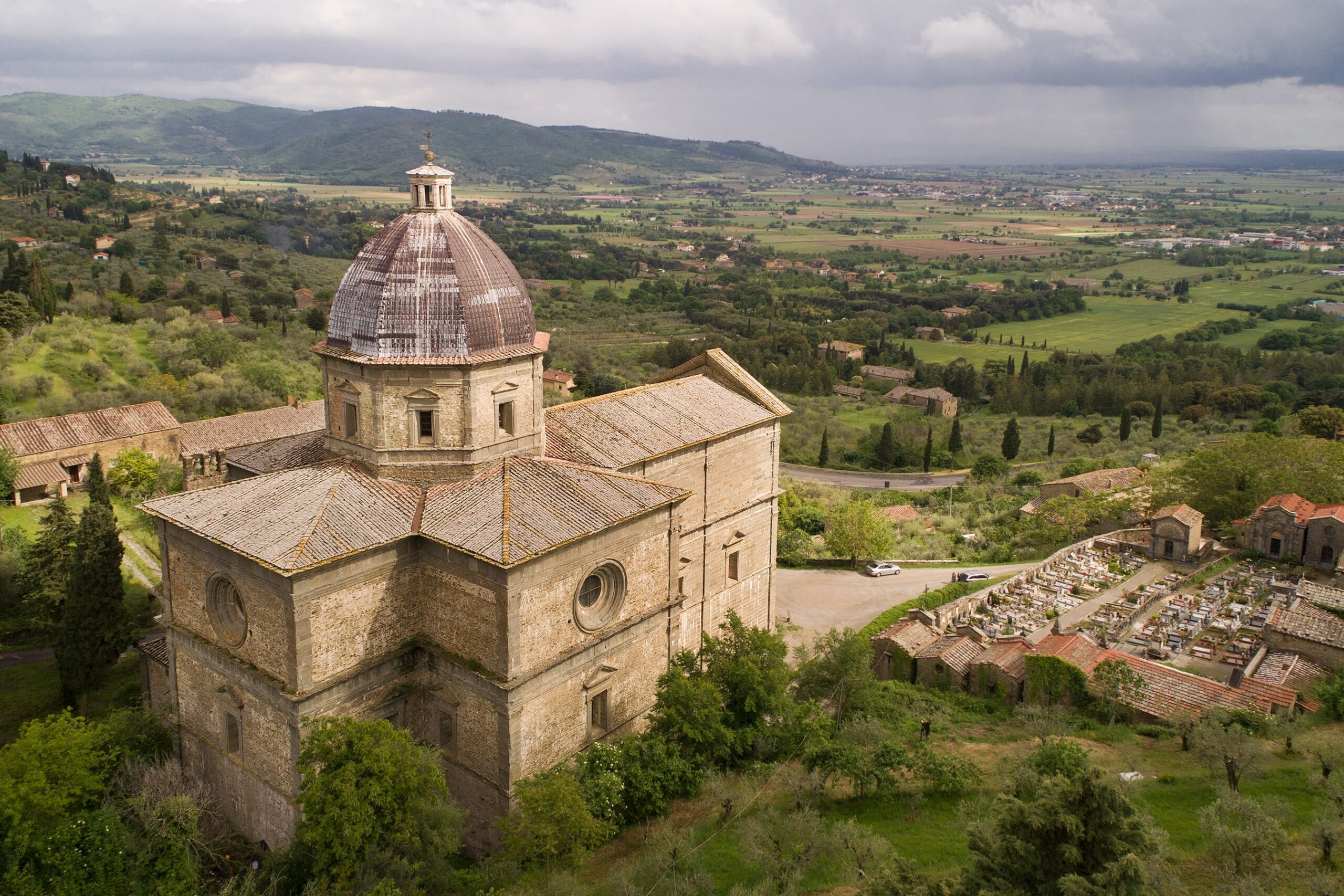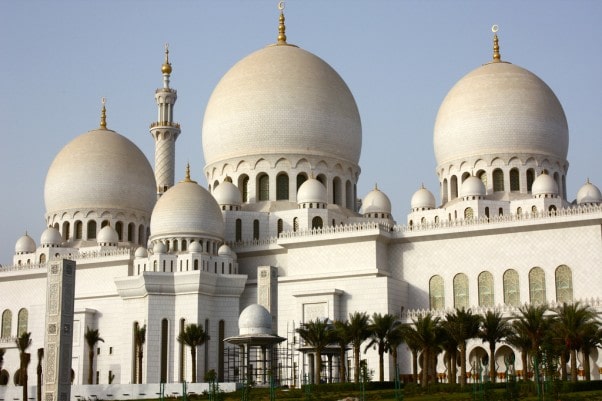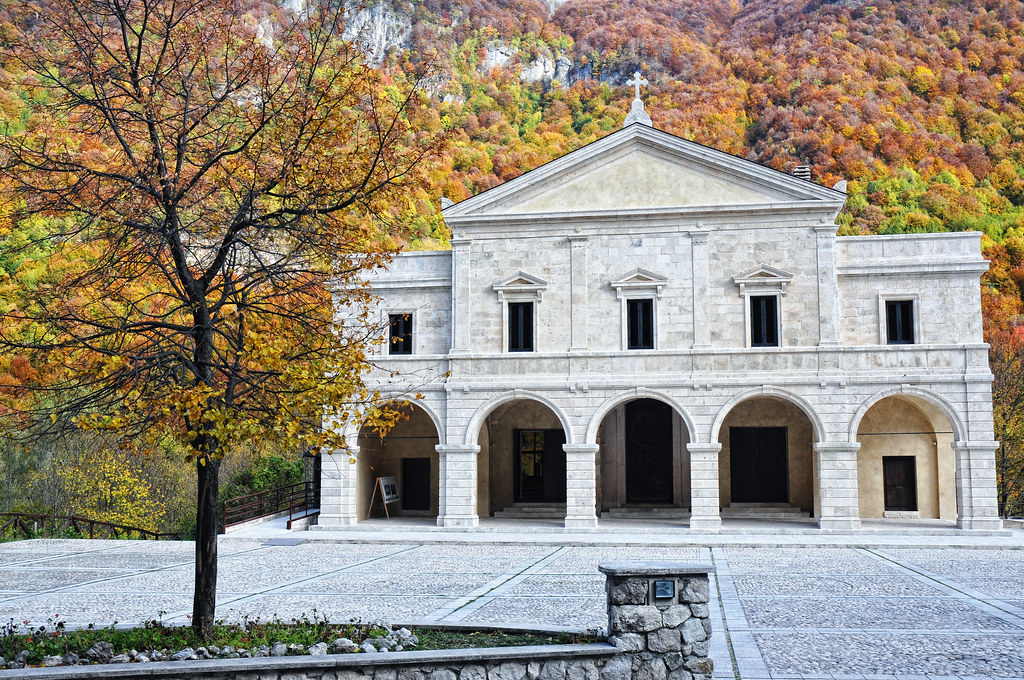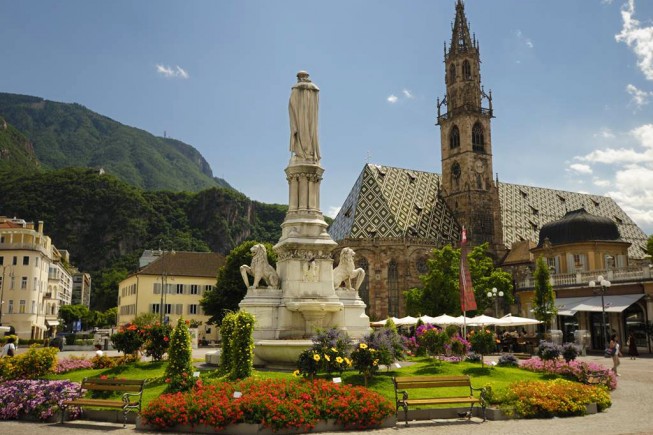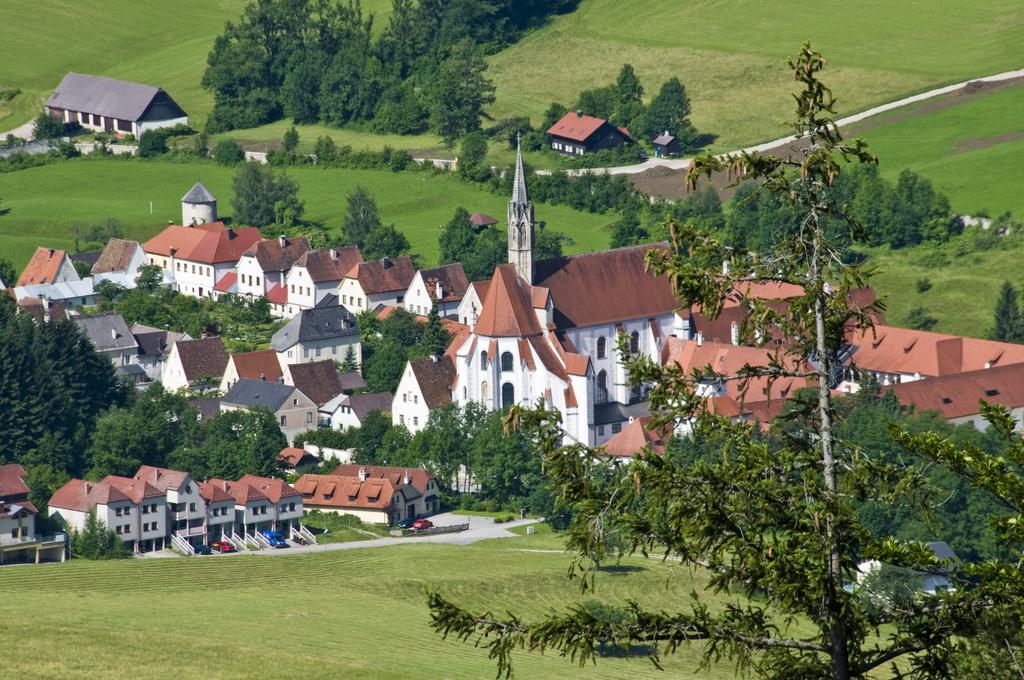The Church of Santa Maria delle Grazie al Calcinaio is located in Calcinaio in Cortona and is part of the diocese of Arezzo – Cortona – Sansepolcro. In this place, on Good Friday of 1484, an image of the Madonna and Child, painted on the wall of a basin used for tanning leather (called Calcinaio because of the quicklime used for this purpose), began to work miracles and heal people. That same image of the Madonna and Child can still be seen above the high altar today (the altar is the work of Bernardino Covatti). Following the growing devotion for that image, the prodigies and the offerings in honour of the Madonna, the Guild of Shoemakers, who had their lime vats in that place, decided to build a sacred temple in her honour. The project was entrusted to the architect Francesco di Giorgio Martini, after the refusal expressed by other artists, because of the difficulty represented by the steep terrain and the flow of water. Francesco di Giorgio, builder of fortresses, had no difficulty in solving the problems. It seems that some ideas of Leonardo da Vinci himself were not foreign to the design.
Architecture
The work reflects the power of the artist’s genius for its grandeur, while inside it is linear and bare. It contains all the main characteristics of Renaissance architecture and art: the linear centric perspective that organizes the space, the essentiality, the geometric lines. The structure of the church consists of a nave flanked by two side chapels with a transept and a dome at the intersection of the equal arms of the presbytery. Martini designed it by rigorously applying the architectural principles of proportion and perspective so dear to Renaissance architecture. Echoes of Alberti resound in the spaces, in a project that is not immune to assonances with Brunelleschi, but the drawings of Francesco di Giorgio are absolutely original, to the point of representing one of the highest levels of the synthesis of spaces in the Renaissance.
